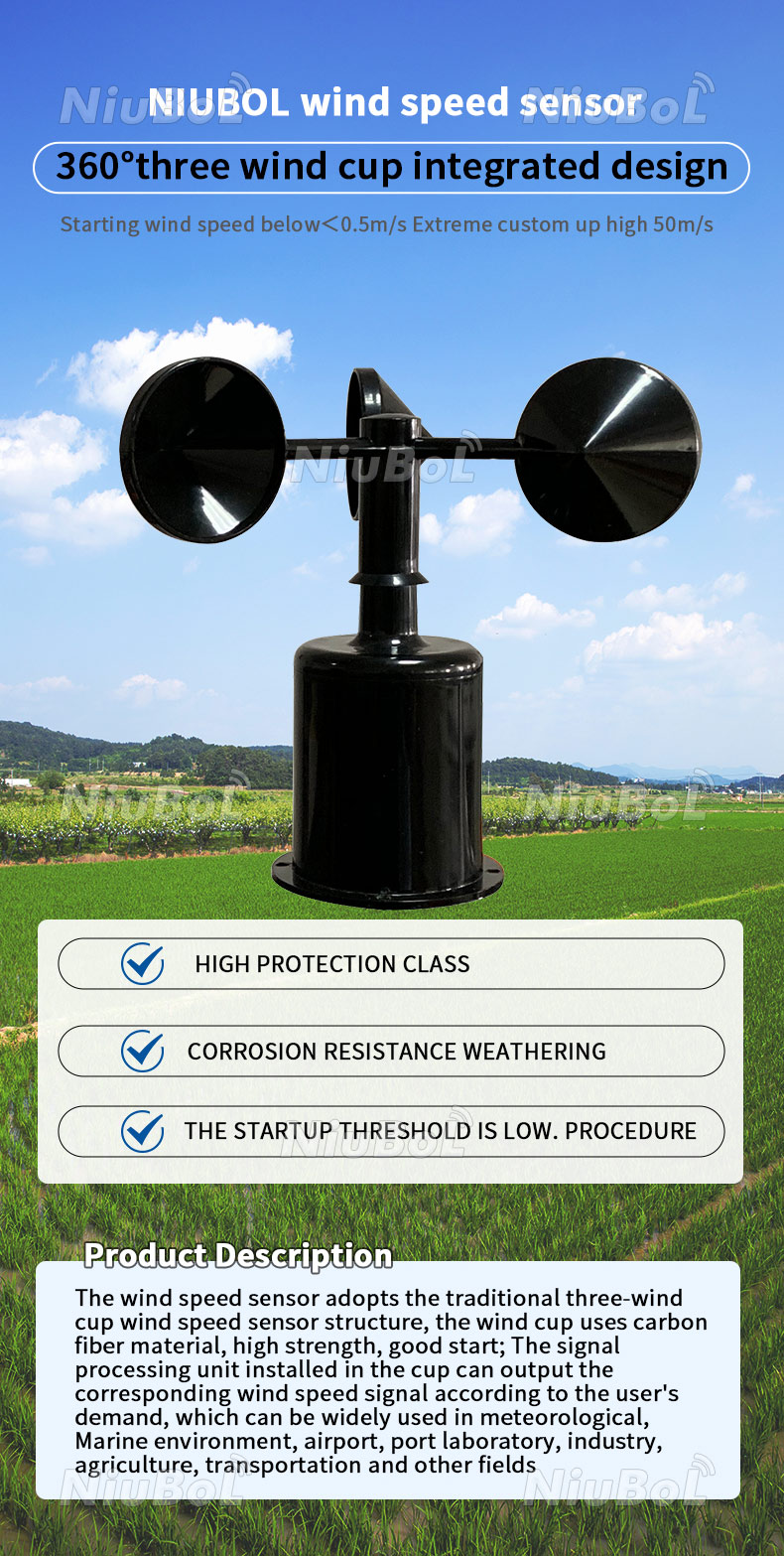Comparing Digital and Mechanical Anemometers: Which is Right for You?
Comparing Digital and Mechanical Anemometers: Which is Right for You?
Blog Article
All You Need to Learn About Anemometers: Exactly How They Function, Why They Issue, and Where to Use Them
Anemometers, however usually ignored in the world of scientific instruments, play a crucial duty in different fields, supplying beneficial understandings into wind rate and airflow patterns. Understanding the technicians behind these devices is important for any individual looking for to harness the power of this information. From meteorologists tracking climate patterns to designers designing frameworks with wind tons in mind, the applications of anemometers are far-reaching and diverse. As we explore the details of anemometer innovation, we will certainly discover the internal functions of these tools, their significance, and the vital factors to consider when selecting the right anemometer for specific applications.

Anemometer Fundamentals
An important instrument utilized to measure wind speed and instructions, the anemometer plays a critical duty in weather forecasting and numerous sectors. An anemometer typically consists of three or 4 cups that rotate in the wind, a vane that directs into the wind, and sensing units to track the turnings or motions.
There are numerous kinds of anemometers readily available, including cup anemometers, vane anemometers, hot-wire anemometers, and sonic anemometers, each with its special attributes and applications. Mug anemometers are typically made use of for basic wind speed measurements, while vane anemometers are chosen for directional dimensions.
Concepts of Anemometer Operation
Building on the foundational understanding of anemometer fundamentals, the concepts of anemometer procedure elucidate the auto mechanics behind wind rate and direction dimensions. Mug anemometers, for circumstances, have three or more cups that capture the wind, triggering them to rotate faster as the wind rate boosts. Hot-wire anemometers count on a heated wire that cools down as wind passes over it, with the price of cooling establishing the wind rate.
Relevance of Anemometers
Anemometers play a critical role in gauging wind rate and direction, offering important data for weather forecasting, environment studies, environmental tracking, and aviation operations. Meteorologists rely on anemometers to gather exact wind data, aiding them comprehend weather patterns, predict storms, and concern timely warnings to the public. Wind ranch operators make use of anemometers to examine wind problems and optimize electrical power manufacturing from wind generators.
Applications Across Numerous Industries
Applications of anemometers span across diverse sectors, showcasing their convenience and energy beyond weather forecasting. In the sustainable power field, anemometers play an important role in examining wind conditions for wind farm placements, ensuring optimal energy manufacturing. Industries like building and construction and mining utilize anemometers to check wind speeds, important for safety and security methods, particularly when working at heights or in open-pit mines where solid winds can position risks. Anemometers are likewise integral in the aeronautics sector, assisting pilots in comprehending airspeed and wind instructions for secure liftoffs and landings. from this source The maritime sector advantages from anemometers for ship navigating, assisting seafarers anticipate weather condition adjustments and adjust courses accordingly. In farming, anemometers assist farmers in managing plant spraying by giving real-time data on wind speed to prevent drift. Additionally, anemometers find applications in cooling and heating systems to optimize air flow and improve power efficiency in structures. The varied use situations of anemometers emphasize their relevance across different sectors, highlighting their essential function in enhancing functional safety and performance (anemometer).

Picking the Right Anemometer for Your Needs
Selecting the ideal anemometer customized to your specific needs is important for getting accurate wind speed and direction measurements. When choosing an anemometer, take into consideration variables such as the desired application, called for dimension variety, environmental problems, and desired features. For basic functions, a mug anemometer appropriates for gauging wind rate, while a vane anemometer offers wind direction data. Hot-wire anemometers are suitable for low airspeed dimensions, and ultrasonic anemometers offer high precision and longevity.

Conclusion
To conclude, anemometers play an essential function in gauging wind rate and instructions throughout numerous industries. Comprehending the principles of anemometer operation is crucial for selecting the right tool for details requirements. From weather forecasting to aeronautics, anemometers are essential devices for making sure and accumulating accurate data security in different applications. When selecting the most appropriate gadget for gauging wind conditions., it is important to consider the relevance of anemometers in order to make informed choices.
There are numerous types of anemometers available, including cup anemometers, vane anemometers, hot-wire anemometers, and sonic anemometers, each with its unique functions and applications. Cup anemometers are typically made use of for basic wind speed measurements, while vane anemometers are favored for directional dimensions. Hot-wire anemometers are ideal for reduced airspeeds, and sonic anemometers are optimal for high-precision measurements in research study and commercial setups.Building on the foundational understanding of anemometer fundamentals, the principles of anemometer operation clarify the auto mechanics behind wind Visit Your URL speed and instructions dimensions. For basic objectives, a mug anemometer is ideal for measuring wind rate, while a vane anemometer gives wind direction data.
Report this page